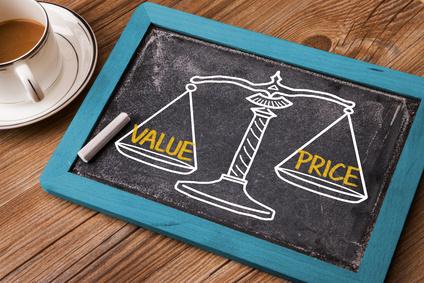This has been emerging as a hot topic. As clients are interested in meeting ever increasing and changing customer expectations while managing long supply chains, changing rules and regulations (including tariffs), and concerns over the cash flow implications of high inventory levels have resulted in discussion around the critical importance of demand. Do you have a handle on your demand plan over the next 12 months?
According to Gartner, every 1% improvement in forecast accuracy will result in 7% less finished goods inventory and 9% reduction in inventory obsolescence. A 1% improvement is imminently doable! Also, according to the experts, a 15% improvement in forecast accuracy will drive a 3%+ increase in pre-tax performance. Last but not least, in our experience, it is one of the best ways to drive a simultaneous improvement in customer service, cash flow and profit.
Every client we talk with says the same thing: Our sales are unpredictable. We have a custom business. We follow lean principles and produce in concert with customer demand. Or, our sales team is on top of it and are already doing everything they can to give us a heads up on demand. We don’t doubt that. However, we have also never come across a situation that couldn’t be improved. With the dramatic results that follow, it proves well-worth the effort.
Instead of brushing off the idea of focusing attention on demand, just think about what could be improved. It isn’t an exercise to beat up sales or planning. In the end, if that is what happens, there is no doubt that is part of the issue. The forecast must be collaborative with input from sales, marketing, customers, planning and anyone who interacts with customers or has input relevant to future demand. With that said, the best forecasts start with a simple statistical base. What do you do?
I’d be remiss if I didn’t point out that you should use your forecasts in your S&OP/SIOP process (sales, inventory, and operations planning) to align your demand with your supply so you can maximize your customer value and your bottom line. If you’d like to discuss your situation further, please contact us.
What bottlenecks exist in your organization?



